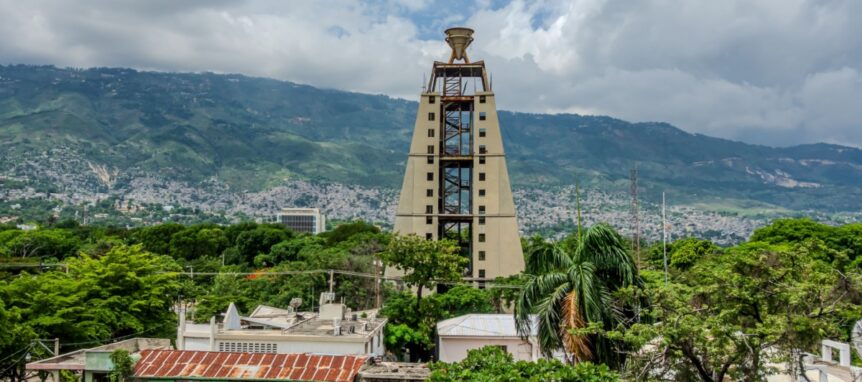The Republic of Haiti, occupying the western half of the island of Hispaniola, has endured centuries of turbulence. When Christopher Columbus arrived in 1492, the indigenous Taino people were already living there, having migrated from South America.
Haiti’s history is marked by colonization, rebellion, and political instability. It was controlled by Spain from 1492 until 1625, and later by France. French plantation owners imported thousands of African slaves to work on sugar cane plantations under brutal conditions, where many perished from disease and abuse.
In 1791, a successful slave revolt began, eventually leading to Haiti’s independence in 1804. Around the same time, Napoleon abandoned efforts to reclaim the island and sold Louisiana to the United States. In the early 20th century, foreign intervention again reshaped Haiti’s future. U.S. Marines were stationed there from 1915 until 1934 under the Monroe Doctrine, citing protection of foreign citizens amid civil unrest.
Political and Economic Challenges
The remainder of the 20th century was dominated by authoritarian rule, particularly under François “Papa Doc” Duvalier and later his son, Jean-Claude “Baby Doc.” Both leaders ruled through fear and repression until the latter was ousted from power.
Attempts to establish democracy frequently collapsed into fraudulent elections, violent crackdowns, and military takeovers. Haiti’s cycle of unrest saw leaders overthrown and, at times, reinstated after years in exile.
Today, Haiti remains one of the poorest countries in the Western Hemisphere. Roughly three-quarters of the population lives in poverty, surviving on less than $2 a day. Political corruption, natural disasters, and mismanagement of resources have deepened these struggles. Since 2004, a United Nations peacekeeping force has been present, with approximately 12,000 troops from 56 nations working to stabilize the country.
Earthquake Devastation
Haiti’s fragility was compounded by the catastrophic 7.0 earthquake that struck in January 2010. Nearly 230,000 lives were lost, and more than 250,000 homes were destroyed. The disaster also crippled the nation’s already weak government—about 17% of its civil servants, including senior officials, died, and almost all government buildings collapsed. The leadership vacuum that followed left the nation in deeper chaos.
Guidance for Injured Workers in Haiti
For civilian contractors working in Haiti, the risks of injury are heightened by unstable infrastructure, political unrest, and natural disasters. If you suffer an injury, there are important steps you should take to protect your rights.
First, notify your employer of the accident as soon as possible. This establishes a record of the incident and initiates the claims process. Next, seek immediate medical treatment—not only to safeguard your health but also to create a medical record that supports your claim. Whenever possible, request authorization from your employer to see a physician of your choice. Doing so ensures you are treated by an independent doctor rather than one closely aligned with insurance companies.
Physicians can also determine whether you are fit to return to work or if ongoing care is required. Having these evaluations documented strengthens your case and ensures that your injuries and their impact on your ability to work are clearly recorded.
Protecting Your Rights
Civilian employees injured while working overseas for U.S. contractors may be entitled to benefits under the Defense Base Act, a federal workers’ compensation program. Navigating the claims process, however, can be complex and filled with obstacles.
The attorneys at Barnett, Lerner, Karsen, Frankel & Castro, P.A. are experienced Defense Base Act lawyers with the knowledge and dedication to advocate for your rights. If you were injured while working in Haiti, our team can guide you through the claims process and fight for the benefits you and your family deserve.

